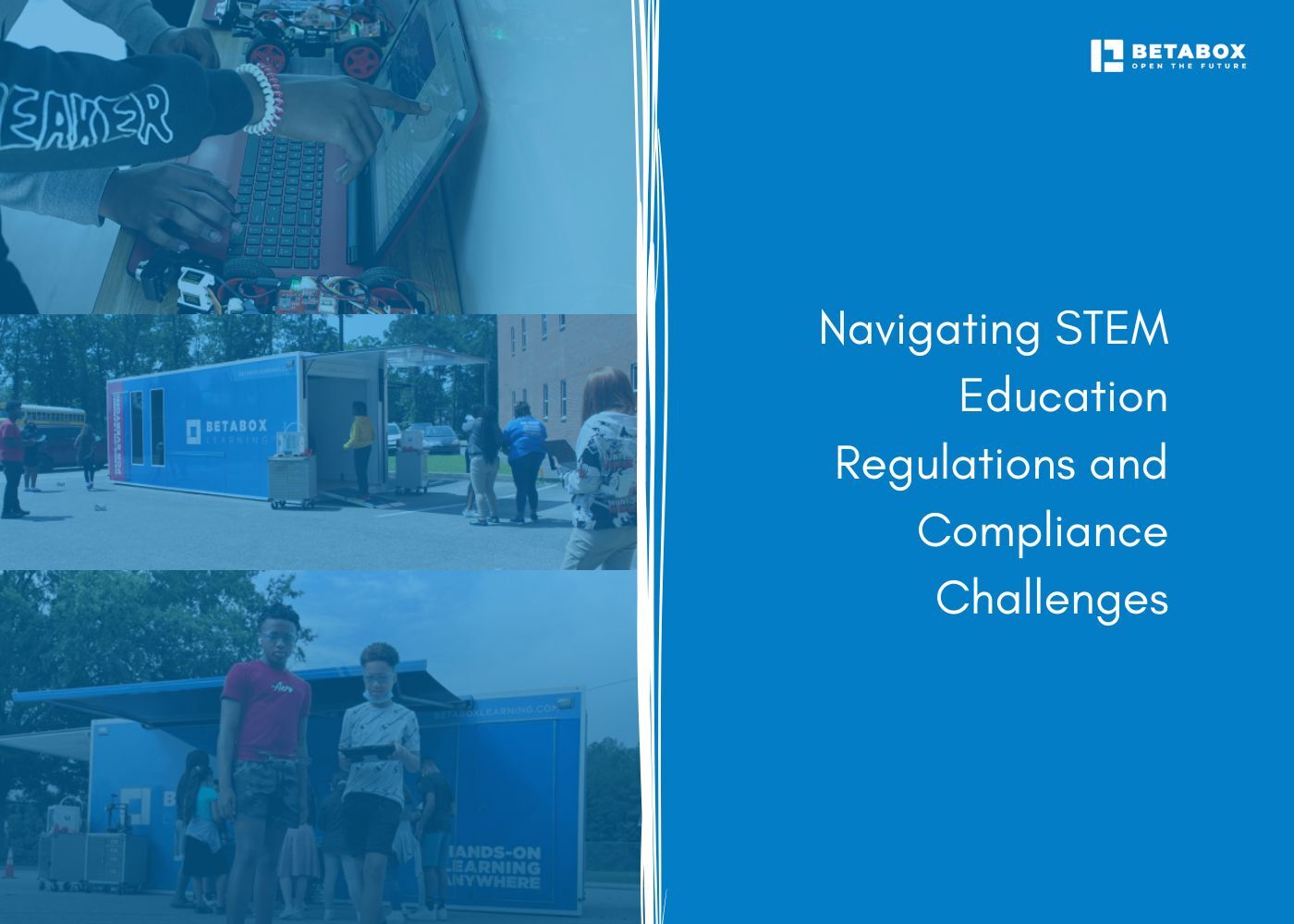
The regulatory landscape for K-12 STEM education has grown more complex over the past five years. What began as straightforward federal guidelines now includes layered state mandates, rapidly evolving data privacy laws, and accessibility requirements that touch every aspect of curriculum delivery.
For administrators and STEM coordinators, staying compliant is no longer a once-a-year audit task. It requires ongoing monitoring, vendor vetting, and a clear understanding of where federal, state, and district policies intersect.
STEM programs often rely on third-party platforms for coding exercises, simulation software, and project management tools. Each of these touchpoints creates potential data privacy exposure.
FERPA (Family Educational Rights and Privacy Act) protects personally identifiable information (PII) in education records. When students log into a robotics platform or submit work through a cloud-based system, that data falls under FERPA if it can be tied to individual student performance.
COPPA (Children's Online Privacy Protection Act) applies to students under 13 and requires parental consent before collecting personal data. Many STEM tools marketed to elementary and middle schools trigger COPPA compliance, yet districts often discover this only after adoption.
The challenge: STEM teachers want engaging, real-world tools. IT and legal teams need ironclad data processing agreements. Bridging that gap requires vetting vendors for SOC 2 compliance, reviewing data retention policies, and ensuring student data is never sold or used for advertising.
Section 504 of the Rehabilitation Act and the Americans with Disabilities Act (ADA) mandate that educational programs be accessible to students with disabilities. For STEM, this goes beyond wheelchair ramps.
Digital accessibility means ensuring coding platforms work with screen readers, video content includes captions, and simulations offer keyboard navigation. Physical accessibility means adapting lab stations, providing tactile models for students with visual impairments, and ensuring makerspace equipment can be operated by students with limited mobility.
Section 508 specifically applies to technology procurement. If your district purchases robotics kits, 3D printers, or software, those tools must meet accessibility standards or you must provide equivalent alternatives.
The gap: Most STEM curriculum is designed for neurotypical, able-bodied students. Retrofitting accessibility after the fact is expensive and incomplete. Forward-thinking districts are building universal design into STEM procurement from the start.
While federal laws set the floor, state education agencies layer on additional requirements. Some states mandate minimum hours of hands-on STEM instruction. Others require career pathway alignment or industry credential tracking. For example, states with strong CTE (Career and Technical Education) frameworks often tie STEM program funding to specific competency assessments.
This means your curriculum must map to state-approved skill standards, and student progress must be documented in ways that satisfy audit requirements. Multi-state programs face the toughest compliance challenge. A STEM enrichment provider operating in ten states must navigate ten different policy frameworks, each with unique reporting, credentialing, and safety requirements.
To stay ahead of these evolving challenges, it's crucial to explore the future of maker spaces in STEM education, as outlined in this article on The Future of Maker Spaces in STEM Education: Trends and Opportunities.
Artificial intelligence is reshaping how students learn coding, data analysis, and engineering design. But current regulations were written before generative AI existed.
Questions districts are grappling with:
There are no clear answers yet. The Department of Education has issued guidance encouraging "responsible AI use," but legally binding rules lag behind classroom adoption.
STEM programs are attractive targets for cyberattacks. Robotics competitions, coding platforms, and maker labs all create network vulnerabilities. When a breach occurs, federal and state laws dictate notification timelines and mitigation steps.
Most districts lack incident response plans tailored to STEM-specific risks. This leaves them scrambling when a third-party vendor suffers a data breach or a student inadvertently exposes PII through a shared coding project.
Before adopting any STEM technology, require vendors to complete a data privacy questionnaire. Key questions:
Build contract language that gives your district the right to audit vendor practices and terminate agreements if compliance lapses occur.
STEM compliance cannot live solely with the IT department or the curriculum office. Effective districts form cross-functional teams that include:
These teams meet quarterly to review new tools, assess policy changes, and update internal protocols.
Compliance is only provable if documented. Maintain records of:
When state or federal auditors arrive, comprehensive documentation turns a compliance review into a routine check rather than a crisis.
Teachers cannot comply with rules they do not understand. Annual training should cover:
Make compliance training practical. Show teachers how to vet a new app, adapt a lab for a student with mobility challenges, or recognize when a tool might violate COPPA.
The consequences of non-compliance range from costly to catastrophic. Districts have faced:
The common thread in most failures: fragmented responsibility. No single person owned STEM compliance, so critical risks fell through the cracks.
The lesson: assign clear ownership. One senior administrator should be accountable for STEM compliance, with authority to pause program rollouts until concerns are resolved.
Compliance should not stifle innovation. The goal is not to avoid every risk but to understand and manage risks intentionally.
Districts succeeding at this balance share a common approach: they involve compliance experts early in program design rather than treating compliance as a final checklist. When piloting a new robotics curriculum, they loop in IT security and special education from day one. When selecting hands-on STEM resources, they prioritize vendors who demonstrate proactive compliance practices.
Organizations like Betabox design STEM programs with compliance built in, offering turnkey solutions that address data privacy, accessibility, and state policy alignment. This approach reduces the administrative burden on districts while ensuring students get high-quality, equitable STEM experiences.
For schools looking to scale STEM programming without adding compliance risk, partnering with providers who understand the regulatory landscape can accelerate implementation. Explore how Betabox supports districts in navigating these challenges.
Start your application or book a blueprint call to discuss how Betabox resources align with your district's compliance and educational goals.
What are the main compliance challenges in STEM education today?
The top challenges are student data privacy (FERPA, COPPA), accessibility standards (ADA, Section 508), state-specific policy variations, and the regulatory uncertainty around emerging technologies like AI. These issues compound when districts use multiple third-party vendors without centralized oversight.
How do data privacy laws affect STEM classroom practices?
Teachers must understand what constitutes protected student data, obtain proper consent before using certain tools, and ensure third-party platforms have compliant data processing agreements. Practically, this means vetting every app, website, or cloud tool before students use it.
What regulations impact the use of technology in STEM education?
FERPA governs student education records, COPPA applies to children under 13, Section 508 mandates accessible technology procurement, and state laws often add specific requirements around CTE credentialing and data reporting. Districts must also consider CIPA (Children's Internet Protection Act) for filtering and monitoring.
How can schools stay compliant with evolving STEM policies?
Form a cross-functional compliance team, conduct quarterly policy reviews, maintain robust vendor management processes, document all compliance activities, and provide ongoing staff training. Subscribe to state education agency updates and participate in regional compliance networks.
Why is accessibility important in STEM compliance?
Federal law requires that students with disabilities have equal access to educational programs. In STEM, this means both digital accessibility (screen readers, captions, keyboard navigation) and physical accessibility (adaptive lab equipment, tactile models). Failure to provide accessibility can result in civil rights complaints and loss of funding.
How is AI changing regulatory requirements in STEM education?
AI introduces new questions about data ownership, algorithmic bias, and student privacy that existing regulations do not clearly address. While the Department of Education has issued guidance, binding rules are still emerging. Districts using AI tools should adopt conservative data practices and monitor regulatory developments closely.


Ready to learn how Betabox resources can be implemented at your school or District?
Book a Blueprint Call

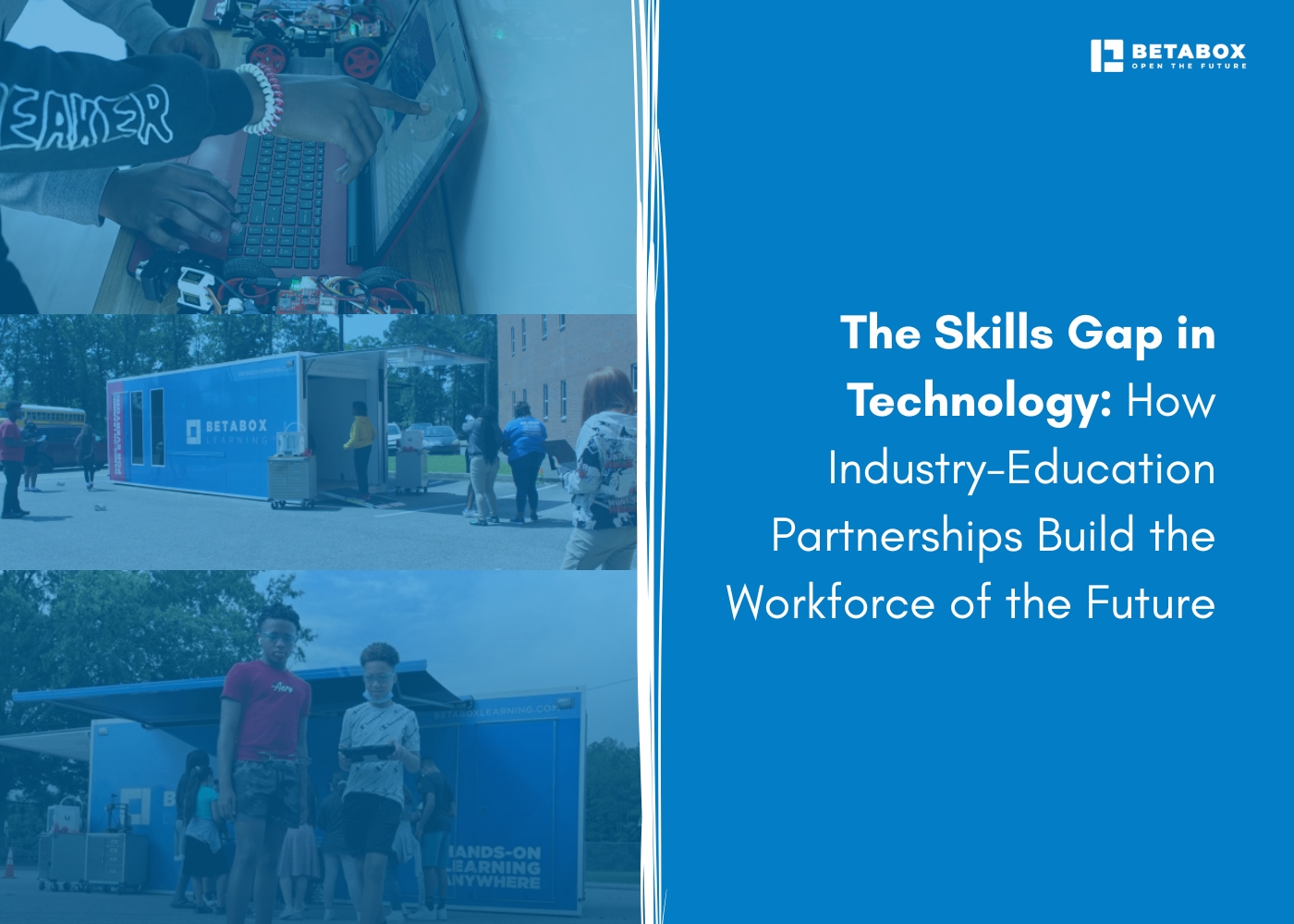

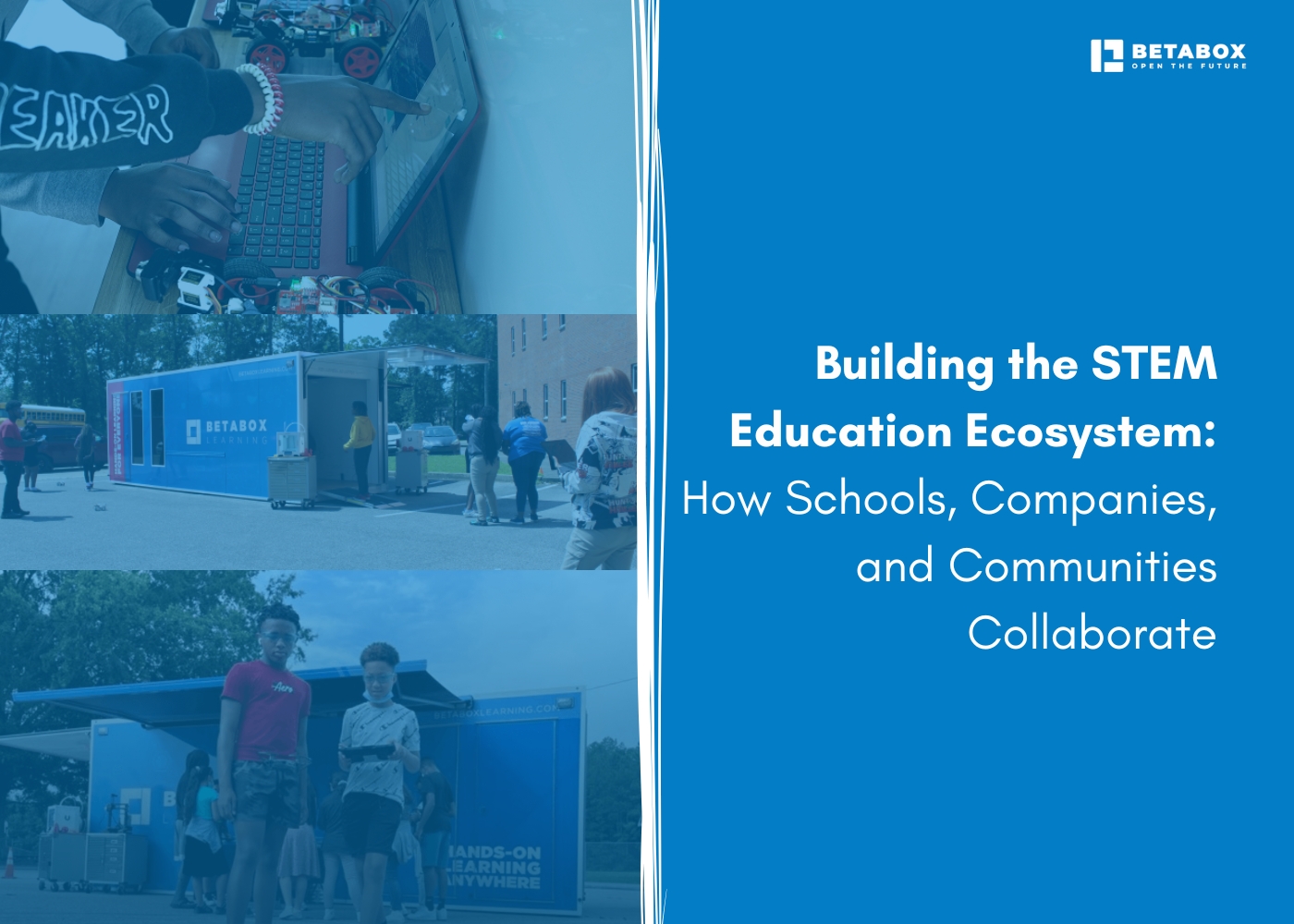

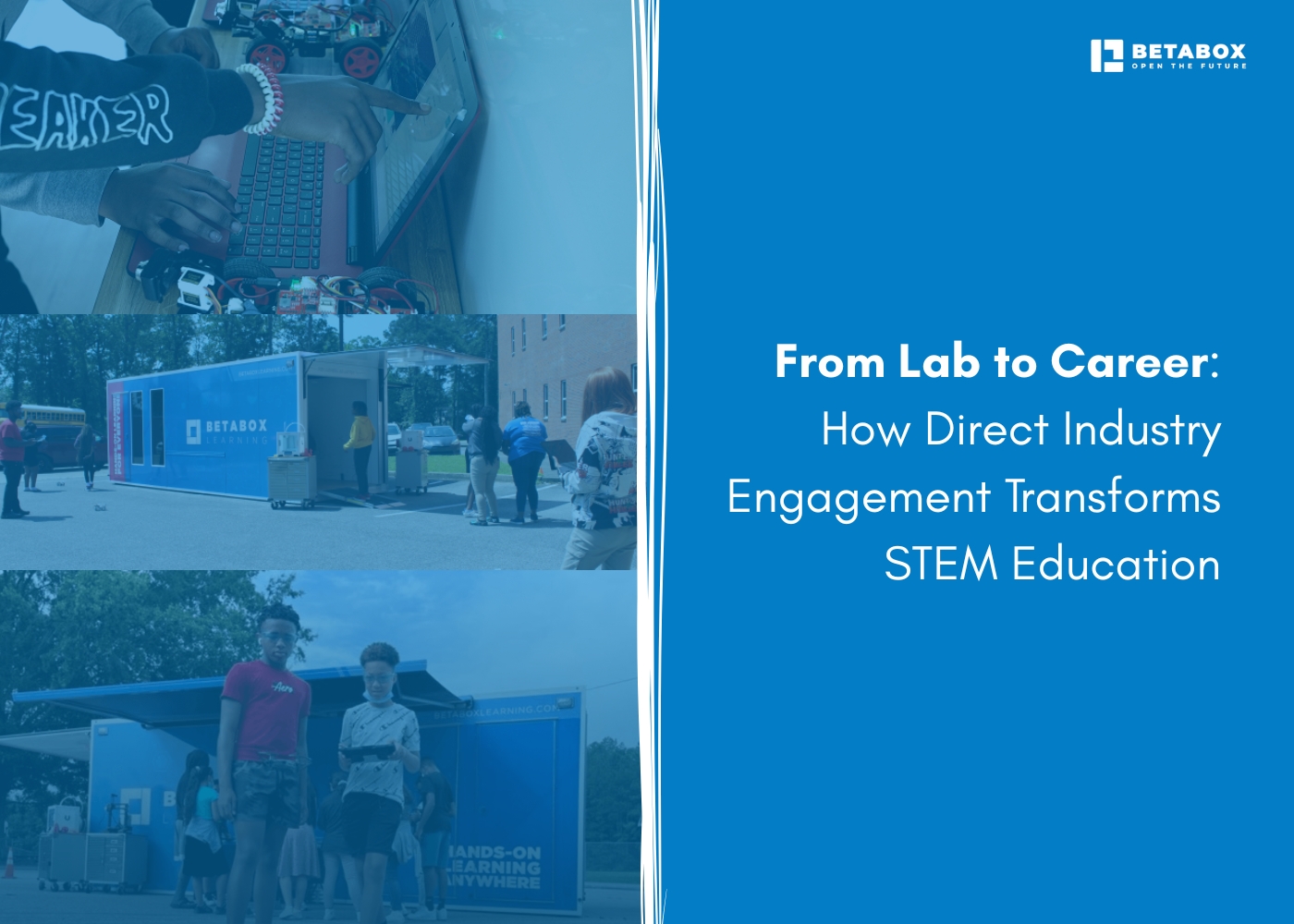

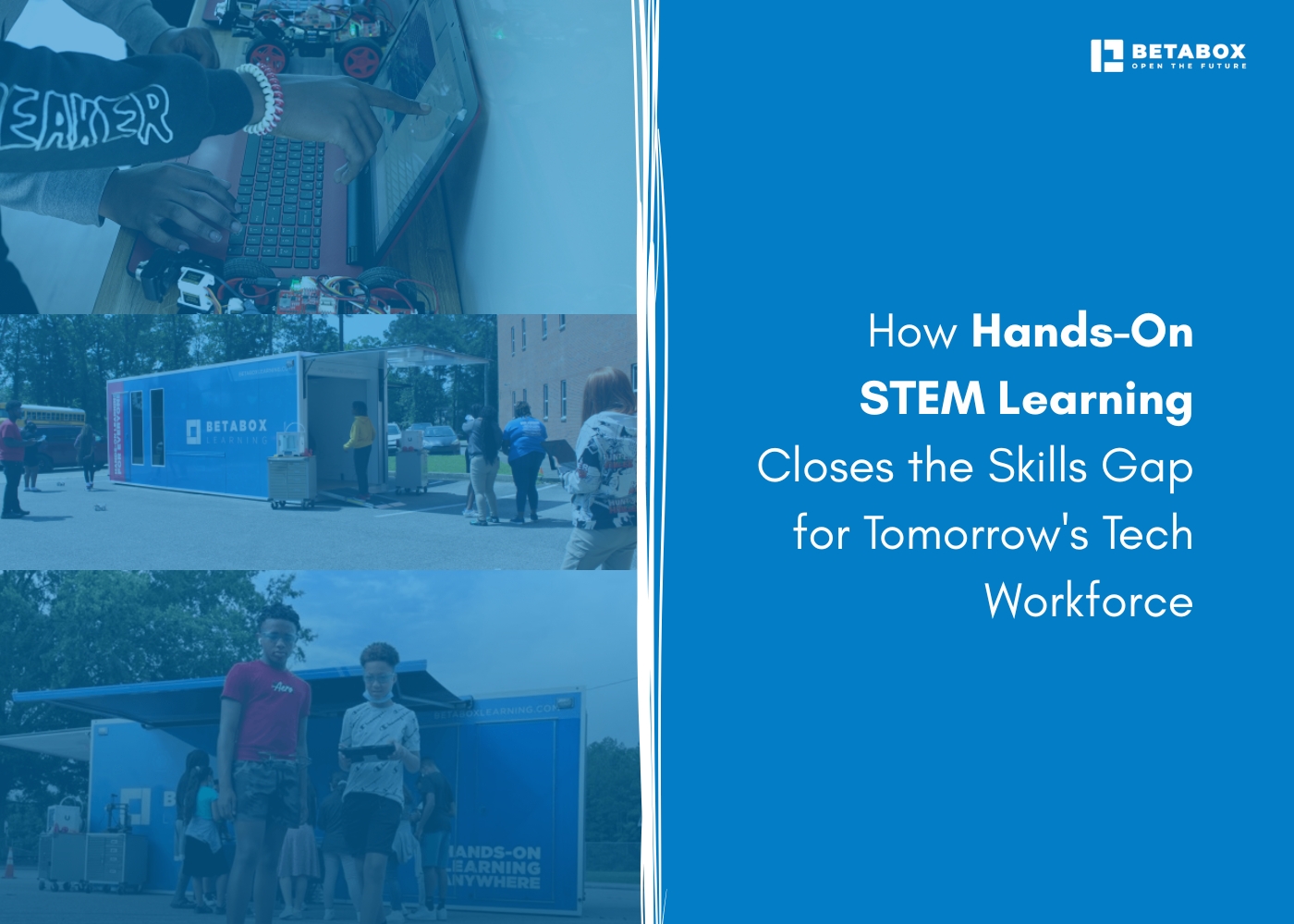

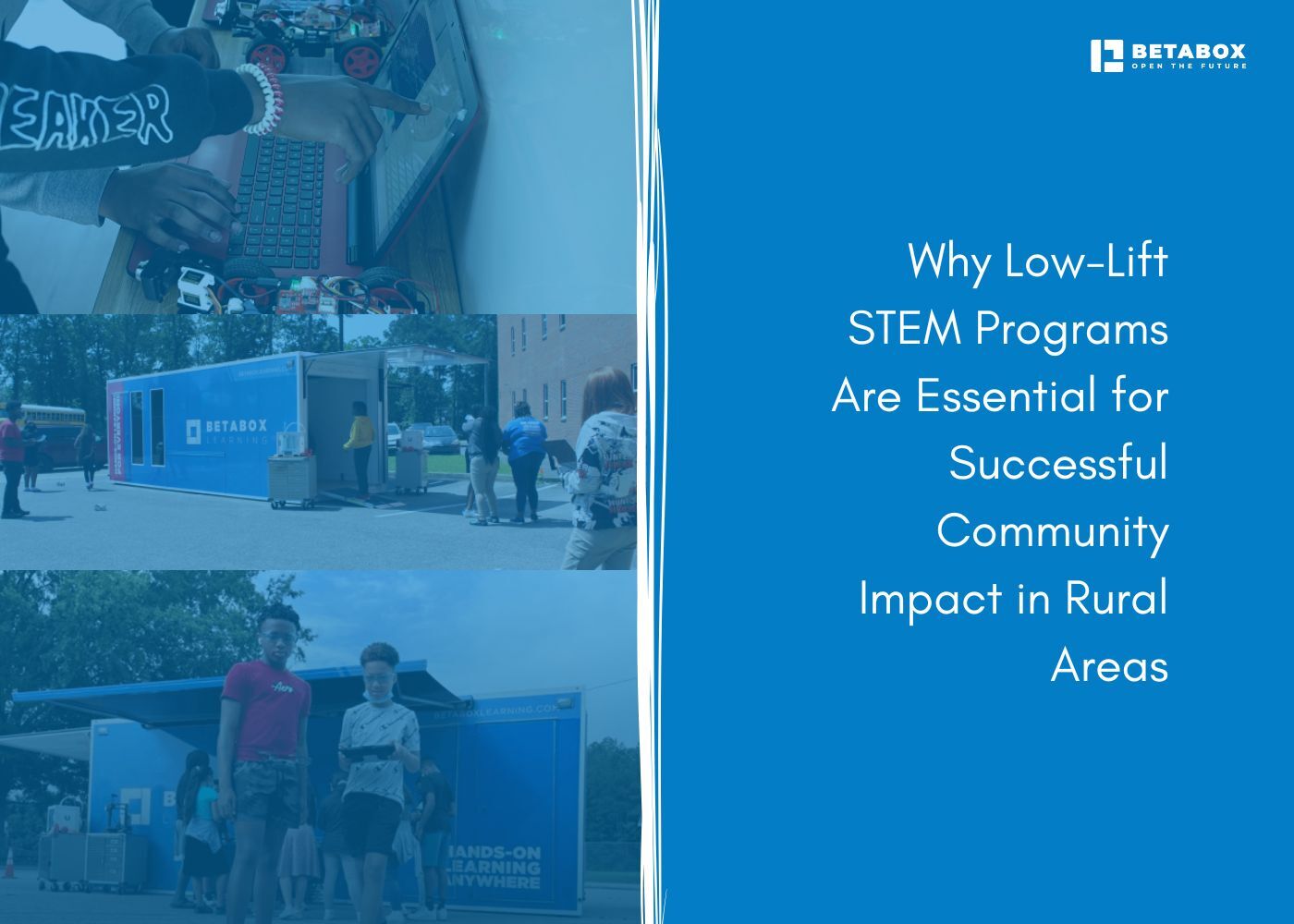

.jpg)

.jpg)

.jpg)

.jpg)







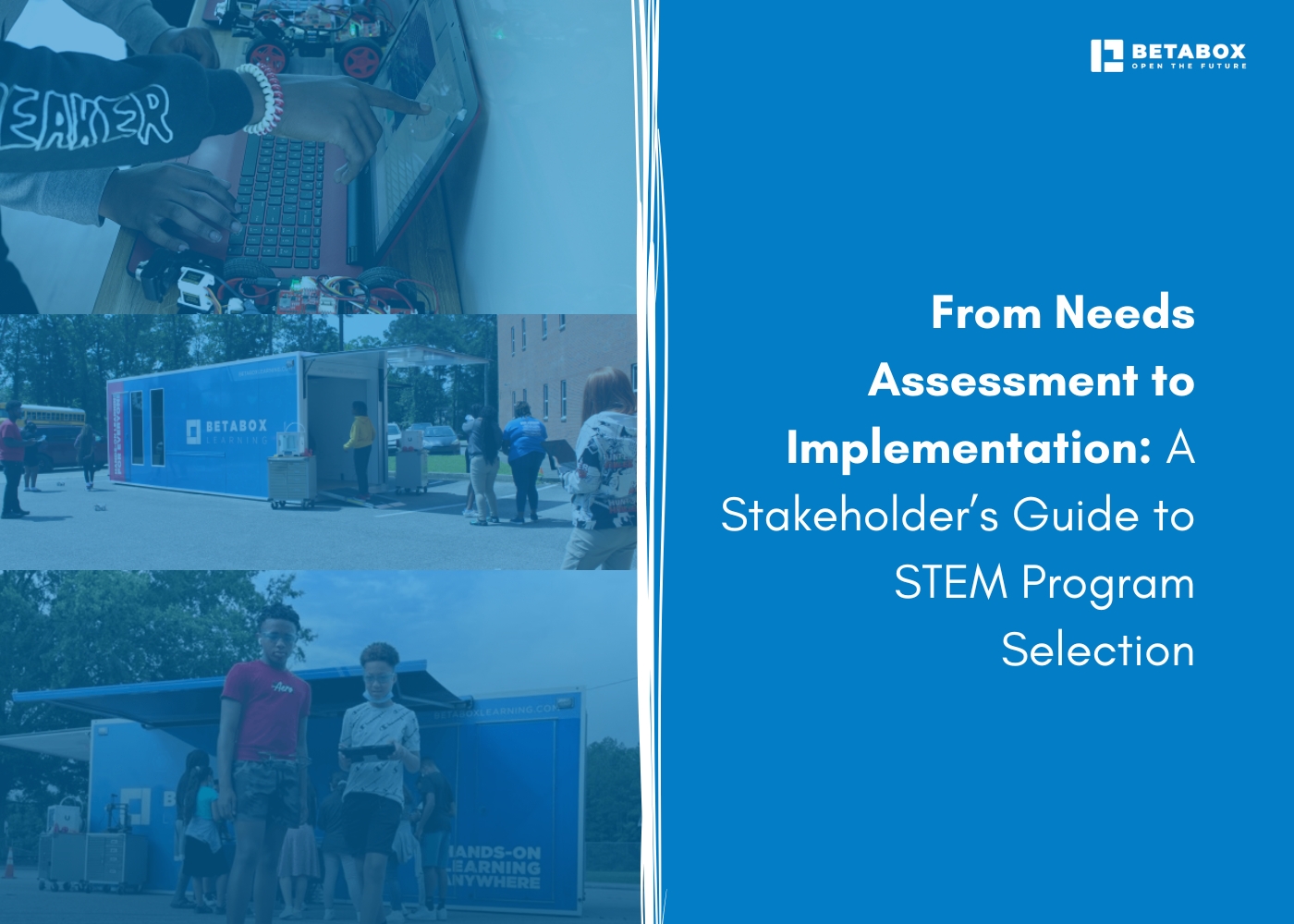

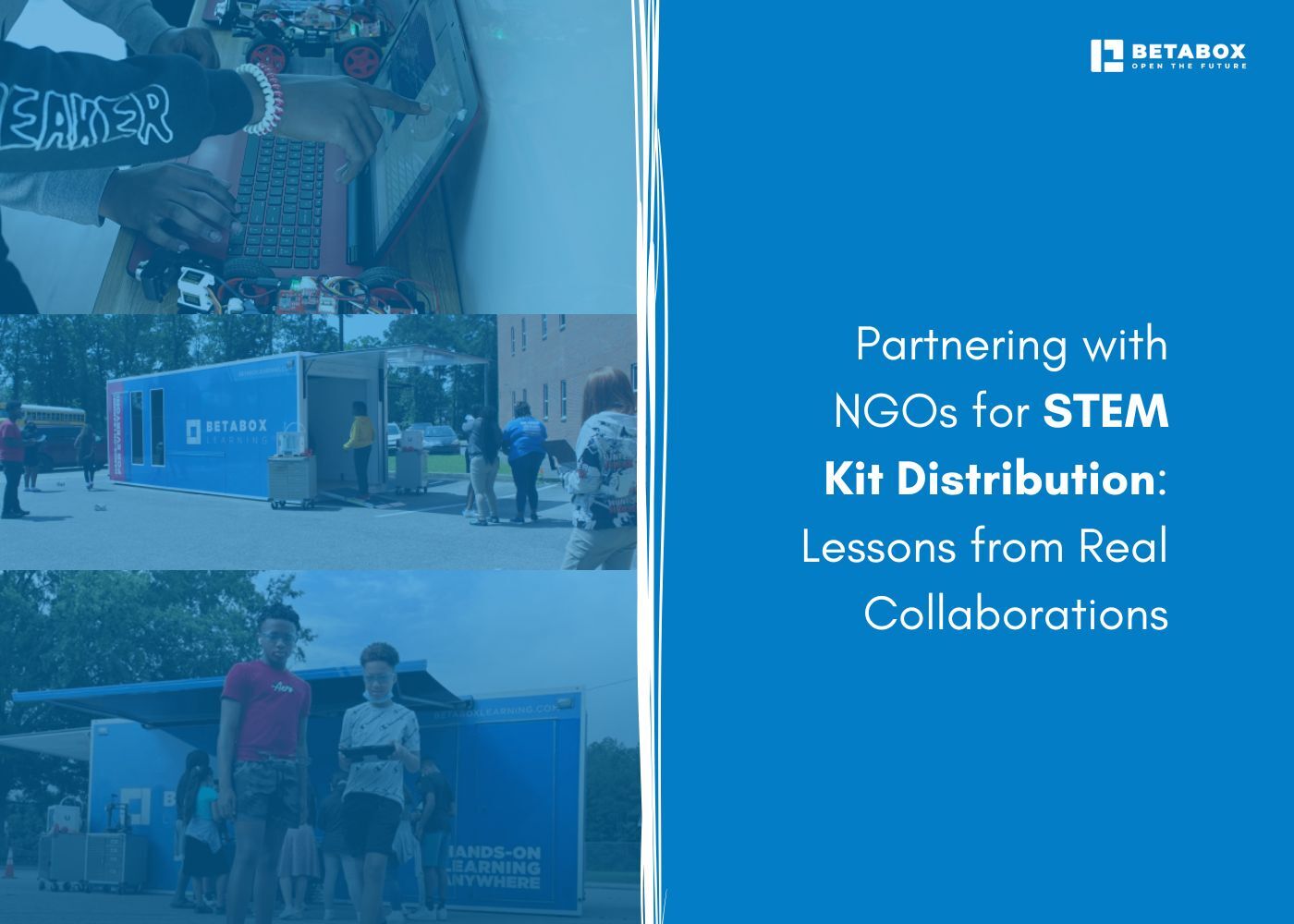

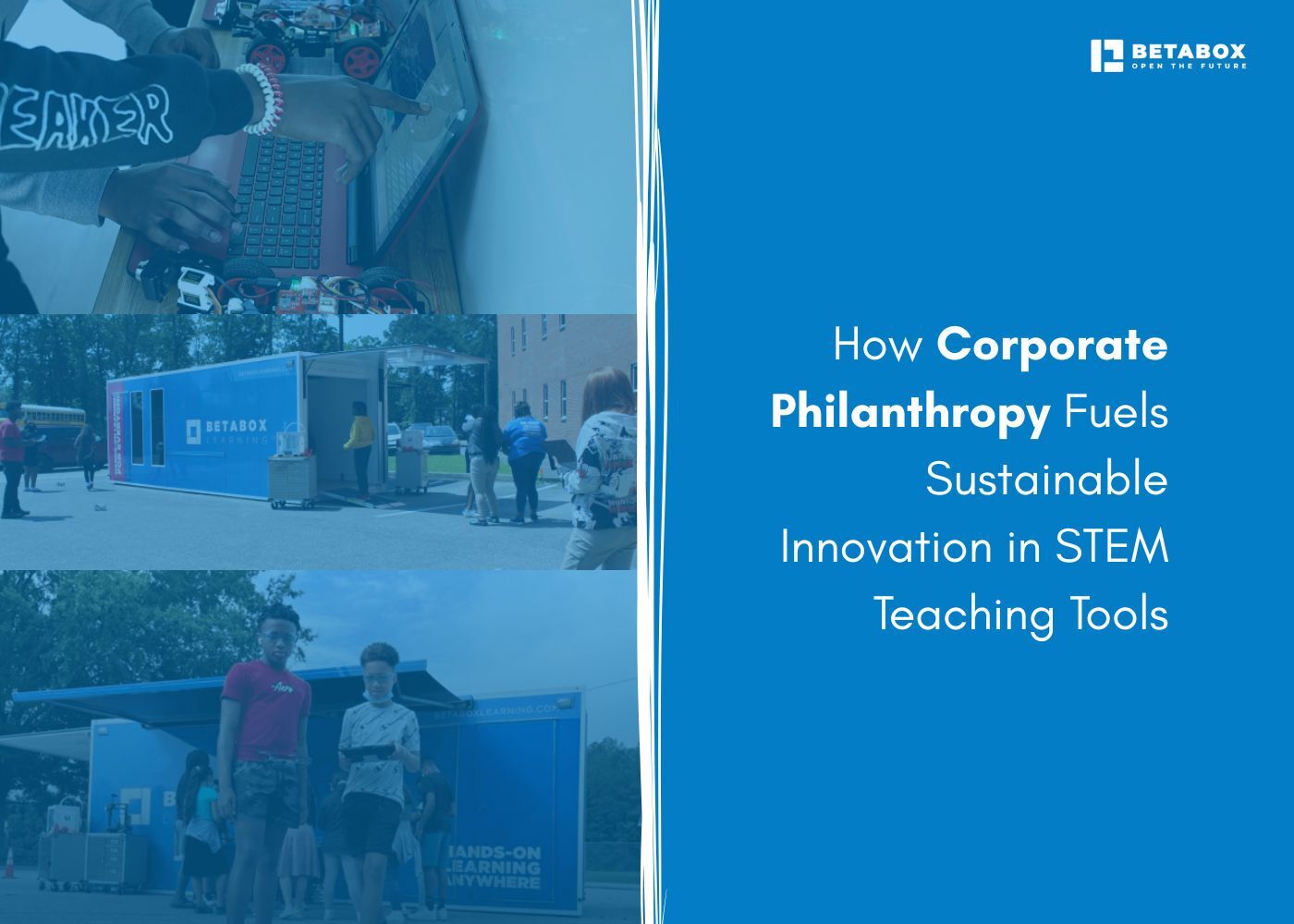

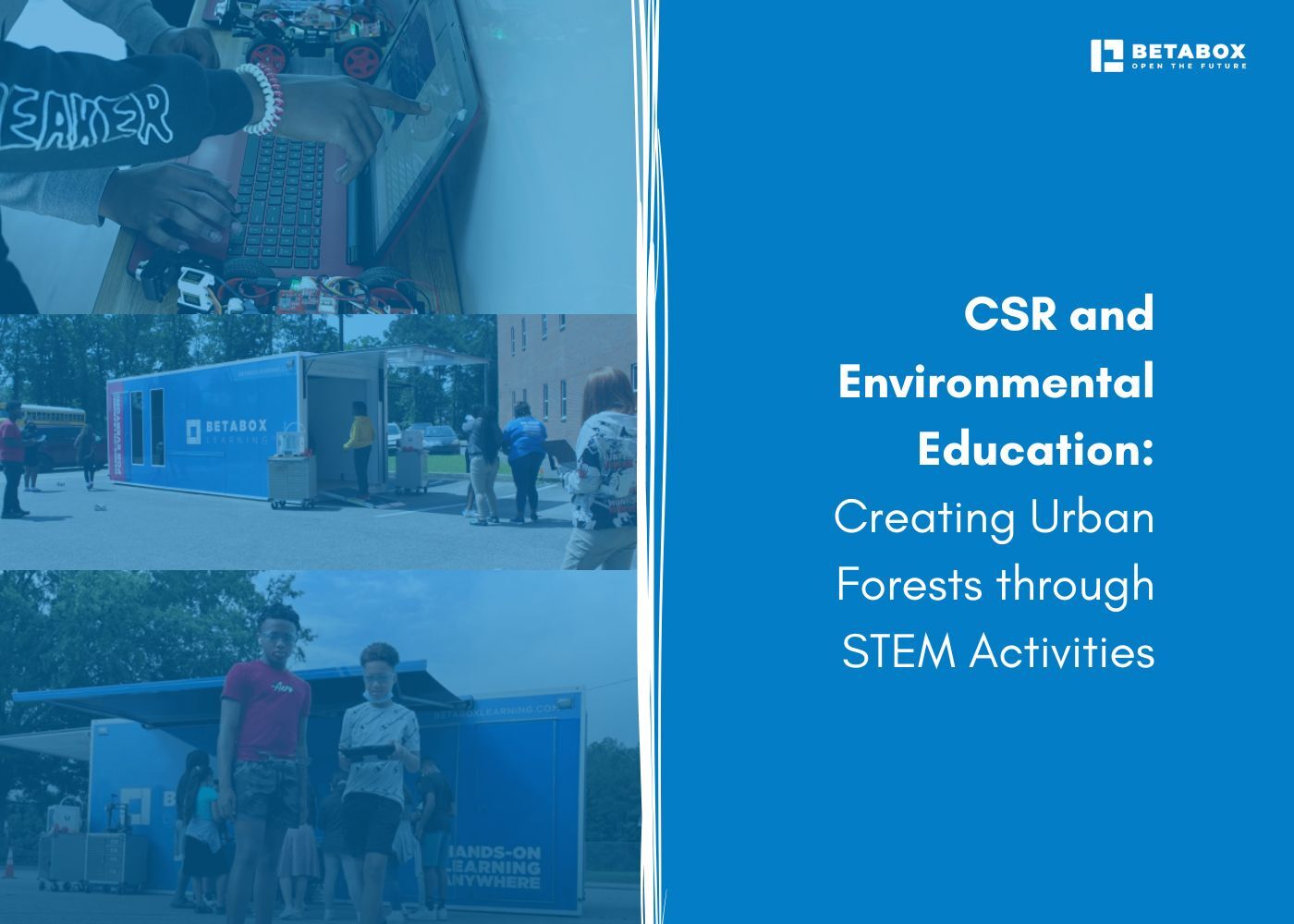

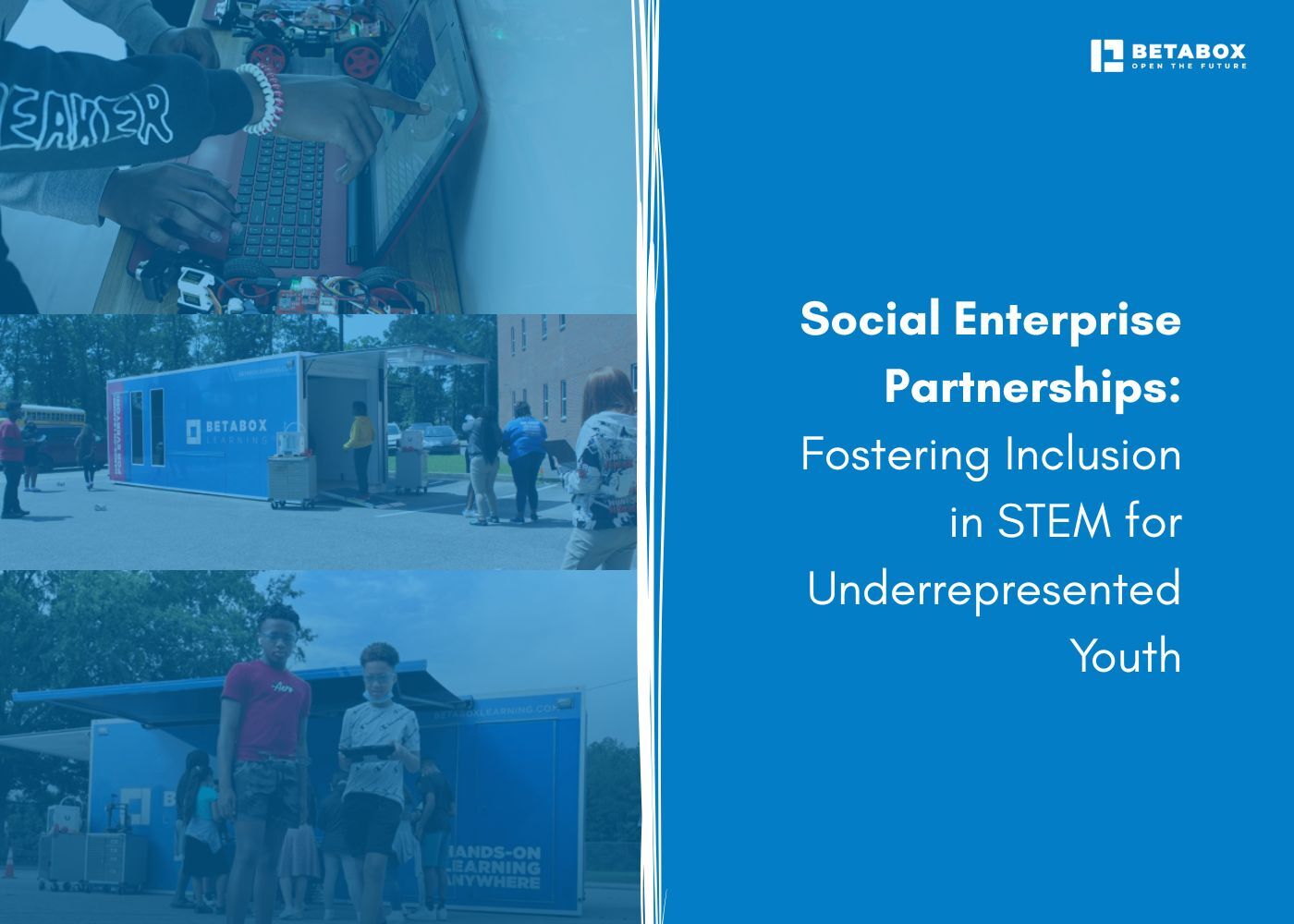

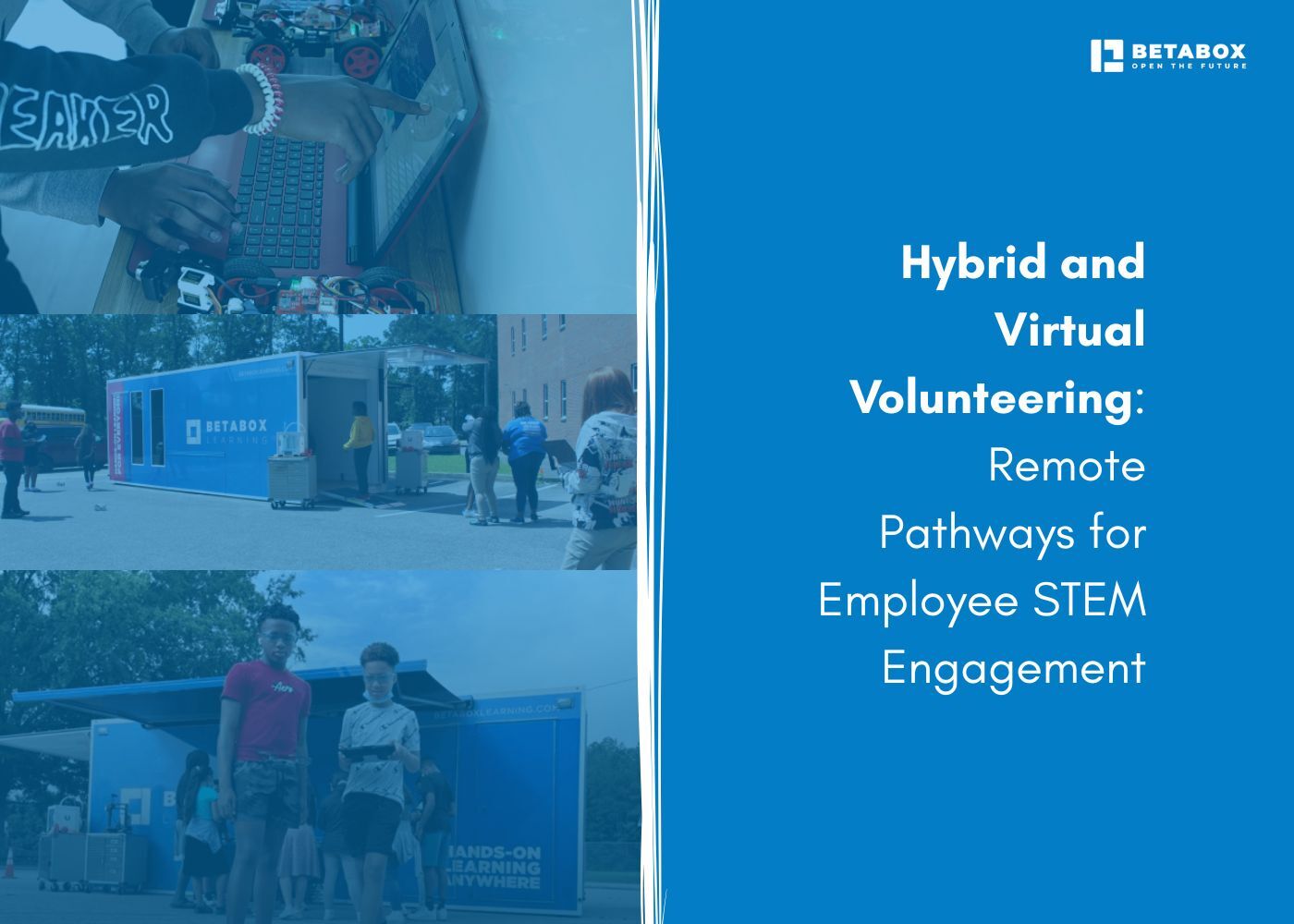

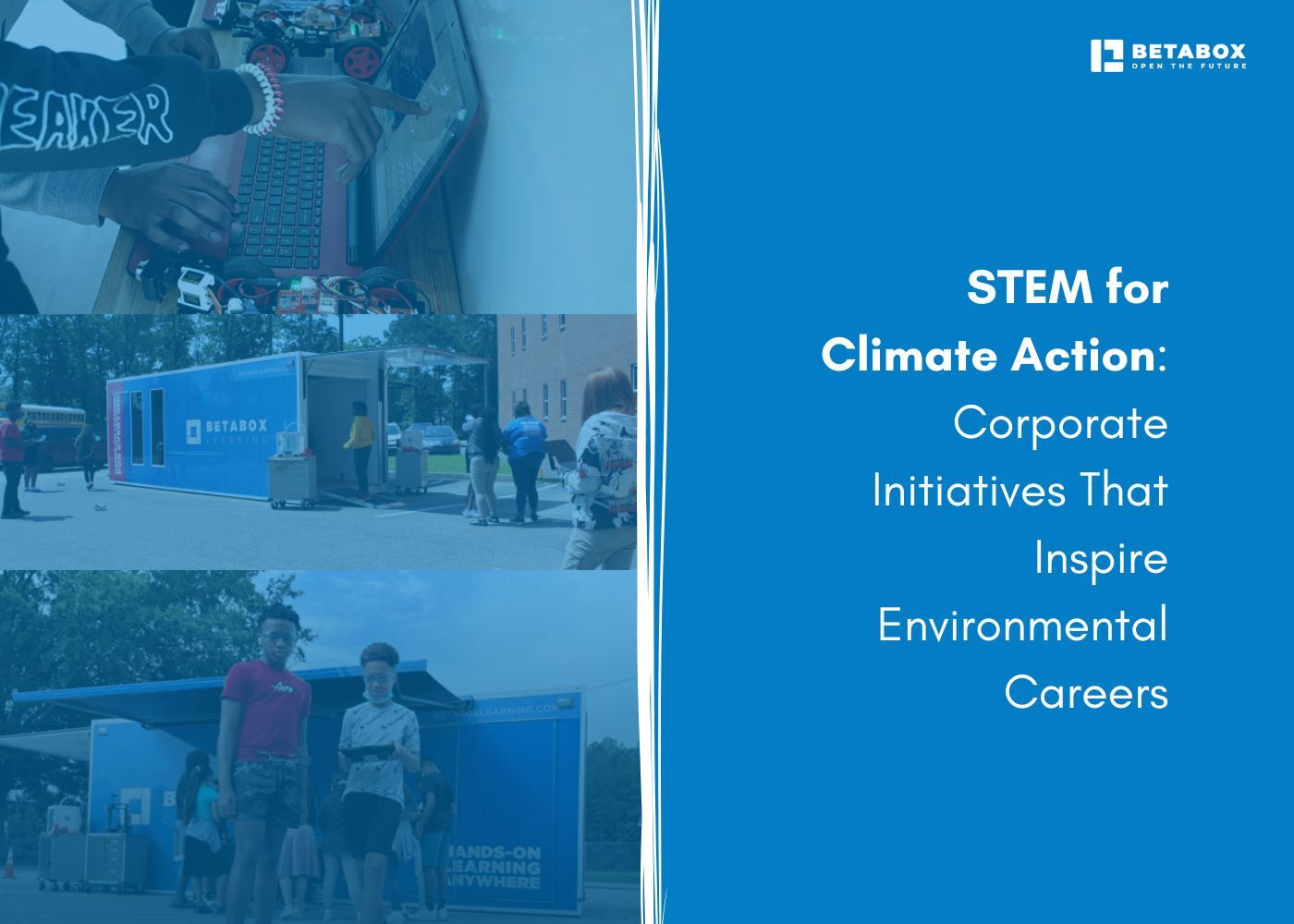



At Betabox Learning, we are passionate about making hands-on STEM curricula accessible to all students.

Join our newsletter to stay in the loop on all things Betabox and the future of STEM education.
By submitting your email address, you agree to our Privacy policy and Terms of Service. You can unsubscribe any time via the link in your email.
© 2025 Betabox. All Rights Reserved
